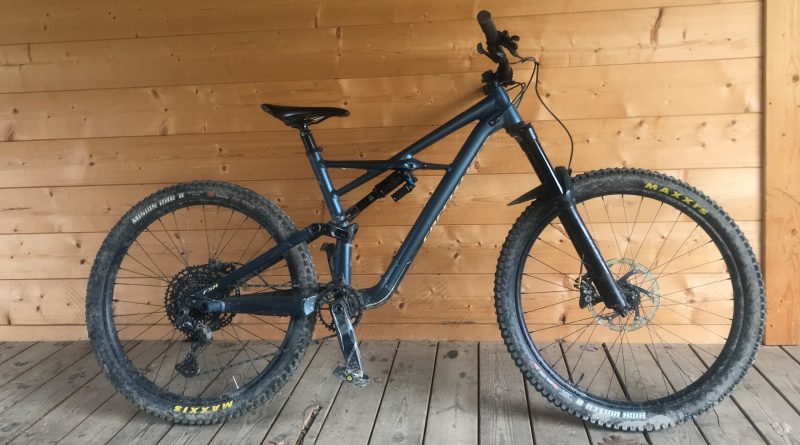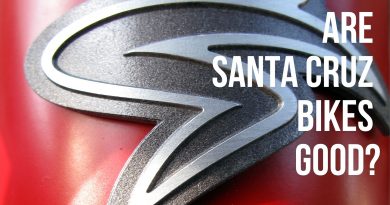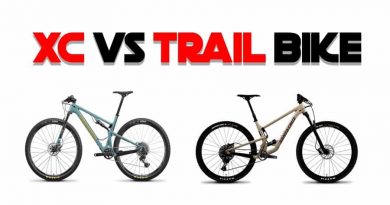How to Buy a Used Mountain Bike | Buyers Guide
Buying your new (used) bike is pretty exciting, but it’s also a good time to know what you are looking for so you don’t buy a lemon. In this article, we walk you through everything you need to know to help you make the best decision when buying a used mountain bike.
- Should I Buy A New Or Used Mountain Bike?
- Advantages and Disadvantages of Buying a New vs Used Mountain Bike
- How To Find A Good Deal On A Used Mountain Bike?
- What Questions Should I Ask The Seller Before Viewing A Used Bike?
- What Should I Look For In A Used Mountain bike?
- How Much Should You Pay for A Used Mountain Bike?
- How to save money when buying a used bike?
- Should I Buy a Used Carbon Mountain Bike?
- Conclusion – Is it worth buying a used mountain bike?
Should I Buy A New Or Used Mountain Bike?
If you are on a budget, then a used mountain bike can be a great option as you can get a higher quality bike with better components for the same price as a new low-spec bike. Better components will mean a better ride and improved reliability. However, used bikes can be hit or miss depending on how the previous owner took care of the bike.
Advantages and Disadvantages of Buying a New vs Used Mountain Bike
NEW MOUNTAIN BIKES
ADVANTAGES OF NEW BIKES
- Warranty. Without a doubt, one of the main reasons to buy a new bike is the warranty. Should you crack the frame or damage the forks etc., it should be covered by the warranty (Well, as long as the damage falls within the warranty terms)
- Free bike shop service. If you are buying the bike from a bike shop, most bike shops offer a free 25hour service. This can be very useful, especially if you’re not mechanically minded. It’s also great to have a bike shop help you set your bike up and give any needed advice.
- Known history. Knowing the history of a bike is a great advantage, as you know nothing is broken, or you know that any issues have been taken care of correctly.
DISADVANTAGES OF NEW BIKES
- Becomes used quickly. One of the main disadvantages to buying a new bike is that after the first few rides, the bike will look less fresh and will become a used bike
- No pedals. New bikes don’t often come with pedals. However, some used bike sellers will decide to keep their pedals and sell the bike without pedals.
- No upgrades. Most new bikes come with standard bars and stem and other relatively cheap components.
USED MOUNTAIN BIKES
ADVANTAGES OF USED BIKES
- Price. Most people opt for a used bike because they can get a much better bike for their money. Often a lighter frame, better suspension, better brakes, and better wheels, etc. Which will make mountain biking much more enjoyable.
- Upgrades. Most people tend to upgrade parts on their bikes over time, so by buying a used bike, you can benefit from the extra money people have spent on nice components.
DISADVANTAGES OF USED BIKES
- No warranty. If you crack your frame, most manufacturers only offer a warranty to the person that bought the bike new.
- Hidden issues. It’s not uncommon if you’re inexperienced in buying second bikes to not notice issues, which could end up costing the same in the long run.
- scammer/stolen. Always take care when buying a second-hand bike. There are many scammers out there. Try to view the bike in person if possible.
How To Find A Good Deal On A Used Mountain Bike?
First, decide what type of secondhand mountain bike you’re looking for (Type of bike, frame size, wheel size, components, age etc). Next, take a look at sites like Pinkbike, eBay, and Facebook MarketPlace, etc, and filter the type of bikes you’re looking for by your budget. If you don’t find anything within budget, you may need to look for slightly older bikes or smaller wheel sizes. Note: If you find a fantastic deal that seems too good to be true, it probably is.
Once you have found a bike, you like (within budget). First, start by taking a look at their social media profiles. If they have only been on for a few weeks or months, then this is often a red flag. Also, if they don’t have any photos of them riding, or their profile looks bare, proceed with caution. Next and most notably, always ask for their phone number, and ask the following questions:
What Questions Should I Ask The Seller Before Viewing A Used Bike?
- Get them on the phone. Getting them on the phone is an excellent way to get an idea of if the bike is stolen or a scam. Normally scammers don’t want to speak on the phone, and don’t normally understand mountain bike lingo or will find it hard to answer the following questions. (if they find it hard to answer any questions, be aware!)
- Can I collect in person? (even if you don’t intend to). If the seller is making up excuses on why you aren’t able to collect the bike in person, it’s a red flag, and be careful!
- How much has the bike been ridden? This will give you an idea of how worn the bike is. If the person has only ridden the bike once, then it’s likely to be in top condition. However, if the seller has ridden the bike every day in muddy conditions for the last 5 years, then it’s like being on its last legs.
- When was the bike last serviced? This will give you an idea if the person has looked after the bike or not—another indication of the overall condition.
- What condition is the bike in? Get an idea if the bike is in good condition or not.
- When was the suspension last serviced? Keeping suspension regularly serviced is super important and can be hard to fully inspect for damage useless you take it apart.
- Are there any parts that need to be changed soon? This is a good straight question that might give you an idea of any issues, although probably not necessary if the bike has only been ridden once.
- Ask Is the price is negotiable? Or are you open to offers? This will give you an idea of how much you can get the seller down on the price, and why not try, right?
What Should I Look For In A Used Mountain bike?
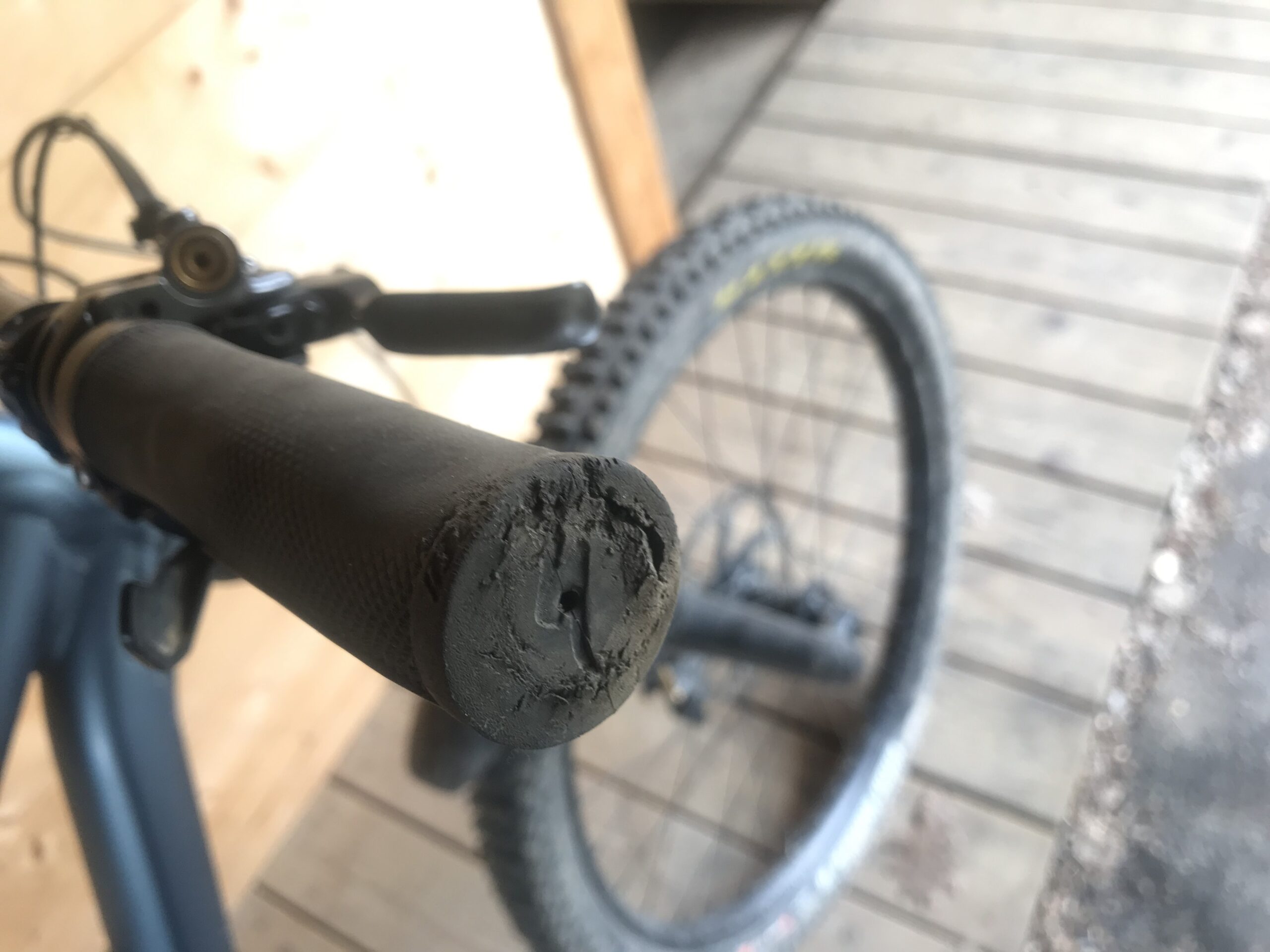
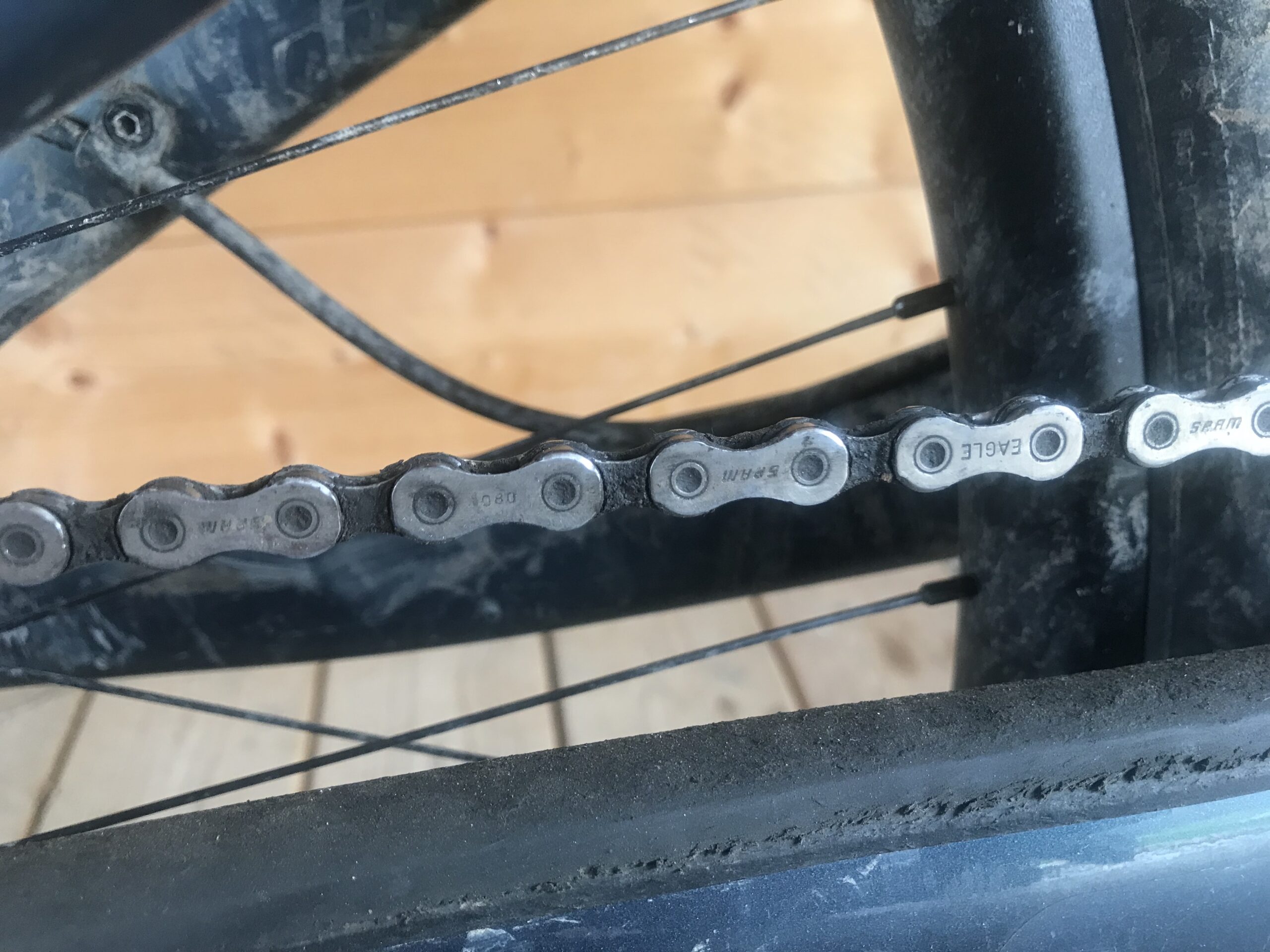
- Test ride. Before inspecting the bike, always take the bike for a test ride (even if only in a car park). It’s the best way to notice any potential issues with the bike.
- Check the frame for cracks, dents, deep scratches, stress marks, or bends. Always start by inspecting all the welds on a metal frame. Also, pay close attention to areas of the frame under the most stress, like the headtube, bottom bracket, seat tube, and chainstays. It’s common to find dents just above the bottom bracket on the down tube – this is often from rock strikes.
- Check forks and rear shock for damage, especially the stanchions. Start by pressing both the front and rear suspension down/up – it should feel smooth, with no strange sounds. Inspect the stanchions for any deep scratches, and check the dust wiper seals for any leaking oil.
- Check the brakes work, and don’t feel spongy. Spongy brakes could just require a bleed and some new brake pads, but it could also be a sign of bigger issues.
- Check wheels are straight, the spokes are tight, and the rims are not damaged. Spin the wheels to see if they are straight, and look out for any dents or flat spots. Also, go around the wheel and grab the spokes, if the spokes are all loose on one side, then there is likely an issue.
- Check the gears work. Turn the bike upside down, and shift through the gears, ensuring you can access the full range of gears. Gently pull the rear derailleur from side to side checking for any excess play/wear.
- Check for play/movement in the frame//hubs/cranks/headset. Go around the bike, push and pull around all the pivots and axles, looking for any play/movement. Play in the hubs, bottom bracket, headset, and frame pivots usually means new bearings are required. Play in the rear shock often means you need a new DU bushing.
- Check tires for excess wear or damage. It’s normal for tire tread to be worn, but try and check the sidewalls for any signs of holes or repairs.
- Check if the dropper post works if the bike has one. Pull the lever and check the post goes up and down. Also, sit on the post while up and ensure it stays up with your weight on the saddle.
- Check the handlebars are not bent. Look at the bars from above, and line them up with the fork crowns; this should give you an idea of the bars are bent.
- Check the headset moves freely. Turn the handlebars. The headset should feel smooth and tight when you rock the bike with the front brake on.
Should you find any issues always, don’t be afraid to walk away, or if at a minimum, try and get the seller down on the price. I know walking away is annoying, predominantly if you have driven a long way, but it could save you a lot of hassle in the long run.
How Much Should You Pay for A Used Mountain Bike?
Used mountain bike pricing depends on what type of bike you’re looking for.
- A good used hardtail will cost usually cost between $400-$1200.
- A good used low-end full suspension mountain bike will cost usually cost between $800-$1500.
- A good used mid-range full suspension mountain bike will cost usually cost between $1500-$2400.
- A good used high-end full suspension mountain bike will cost usually cost between $2400-$4000+.
You also might be interested in our ‘are expensive mountain bikes worth it‘ post.
How to save money when buying a used bike?
- Inspect/find issues. If you find anything broken, then deduct the repair cost from the agreed price. Otherwise, it’s you that will pay the bill, and that’s not ideal.
- Buy out of season. The used bike market goes up and down. Often, if you buy out of season during the winter, fewer people are looking for bikes, making sellers much more willing to negotiate on price.
- Part exchange. Some people are open to the idea of swaps or part exchanges. For example, they might want to downgrade to a hardtail for the winter. Therefore you could offer to give them your bike plus some extra money.
Should I Buy a Used Carbon Mountain Bike?
Buying a used-carbon mountain bike is perfectly fine. However, it’s more important to thoroughly check a carbon frame than a metal frame, as carbon does not crack the same way metal frames do.
When buying a carbon mountain bike, start by checking the main stress areas on the frame; these are usually the headtube, bottom bracket, seat tube, and chainstays. Look out for anything more than a light scratch. If you find any areas of concern, tap lightly with a coin around the area and listen for a change in sound/pitch while tapping. If the sound stays consistent, then the frame usually is fine. You can also try and push your fingers around the problem area and see if it flexes; this can also be an indication of an issue.
Although all this might seem concerning, modern carbon frames are getting better and better and are becoming as reliable as metal frames.
Conclusion – Is it worth buying a used mountain bike?
It’s definitely worth buying a used mountain bike if you’re on a budget. Personally, I would always choose to have a high spec’d second-hand mountain bike than a low-end new bike for the same price. However, you must be careful with the pitfalls of buying a second-hand bike.
Often before you can buy a different bike you may need to sell your current bike, if so check out our guide here: How Do I Sell My Mountain Bike? 7 Important Steps (Complete Guide)

